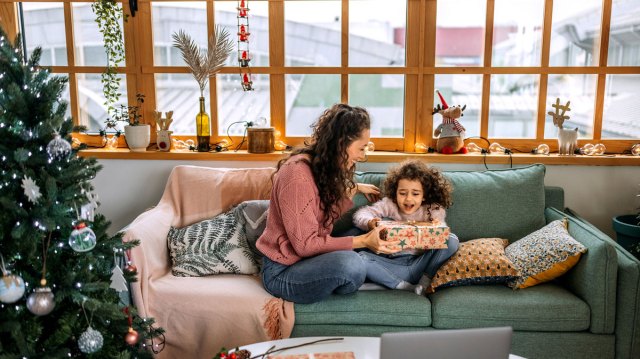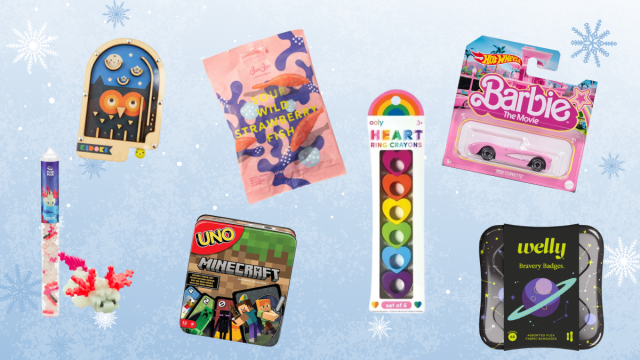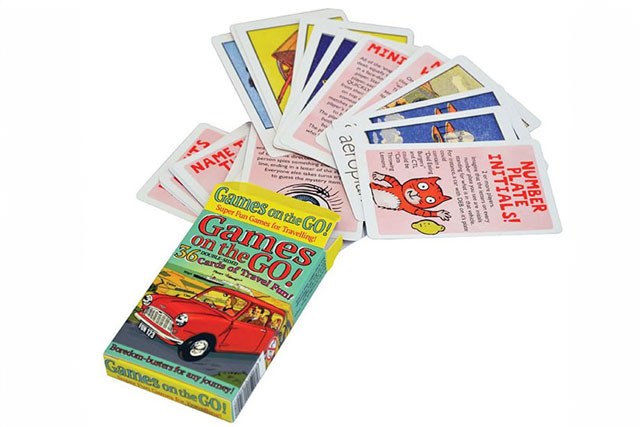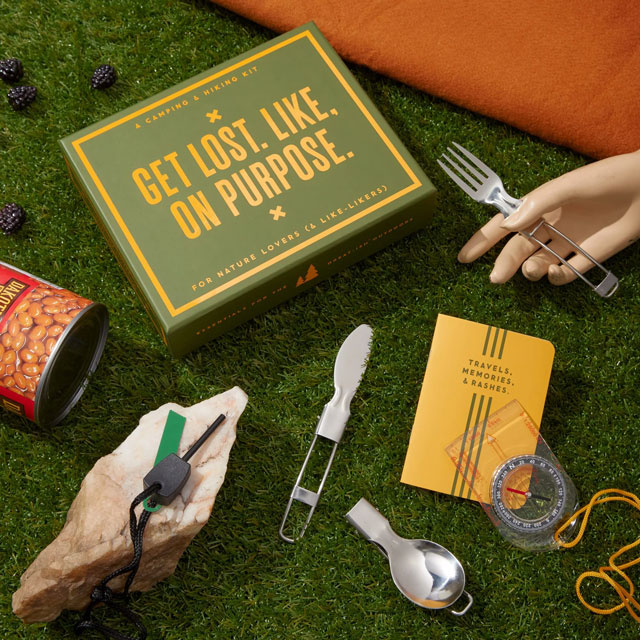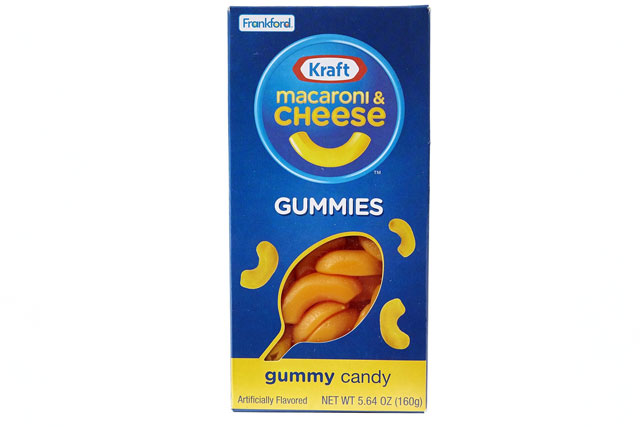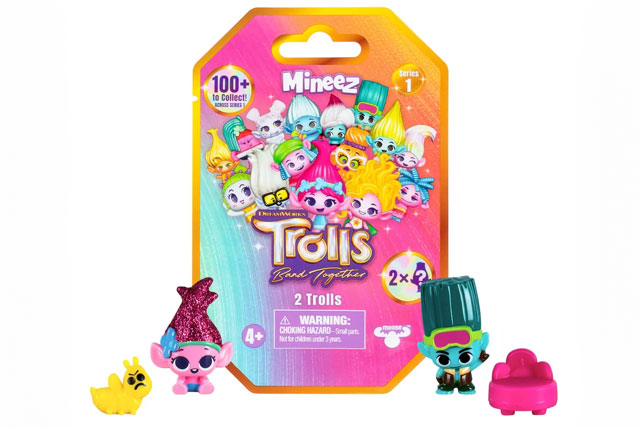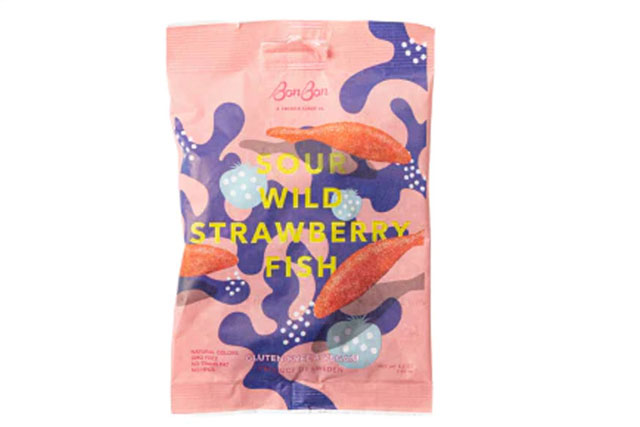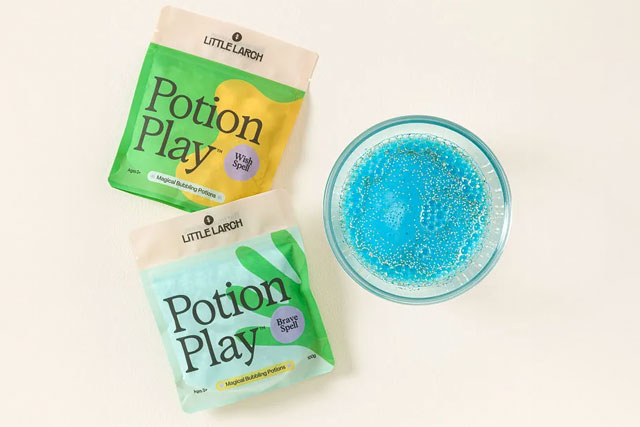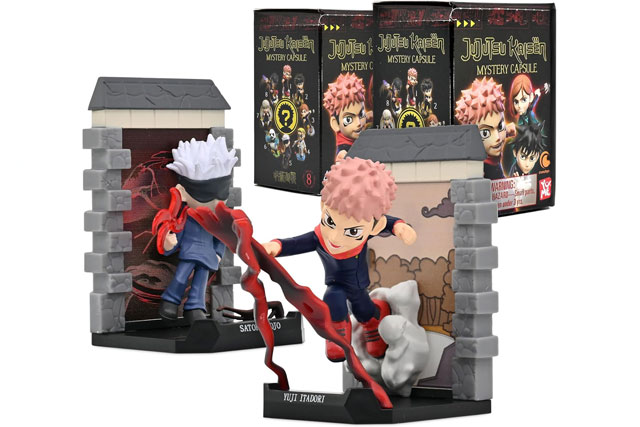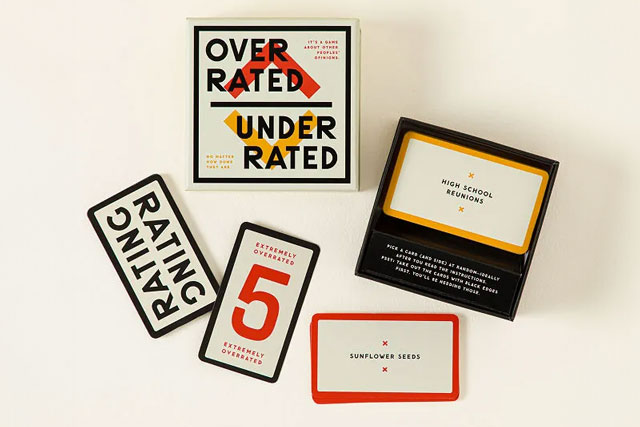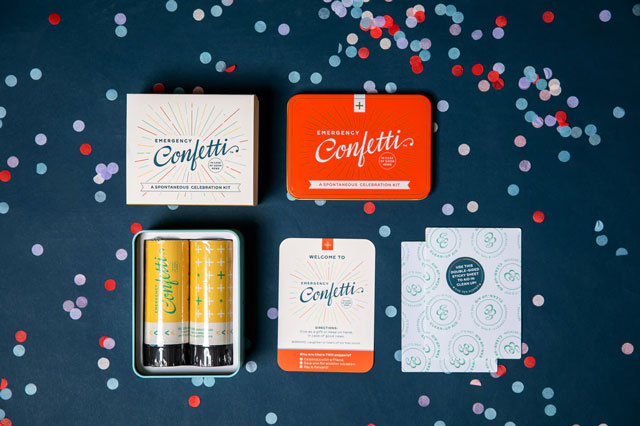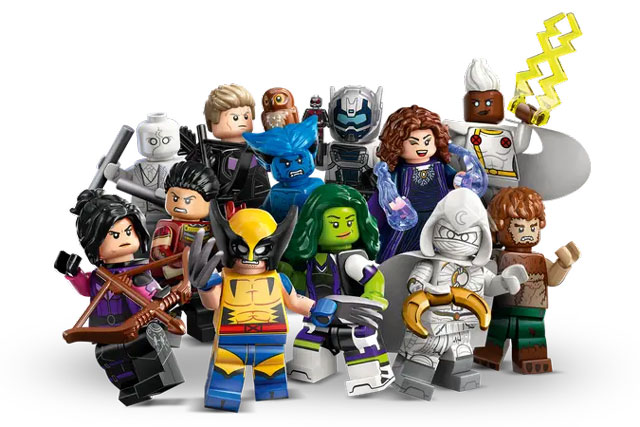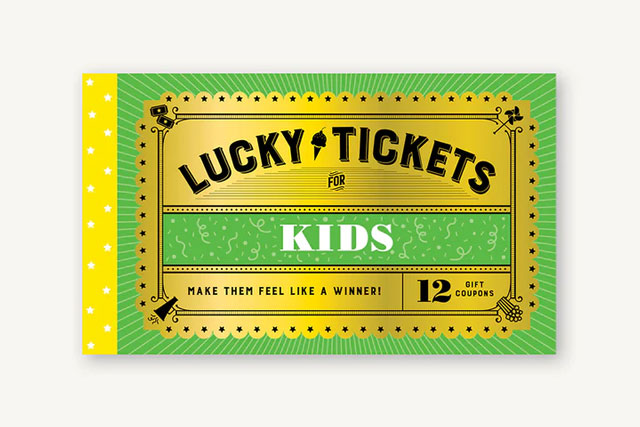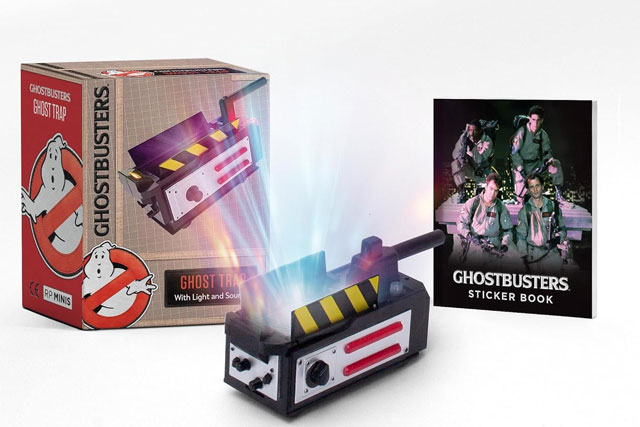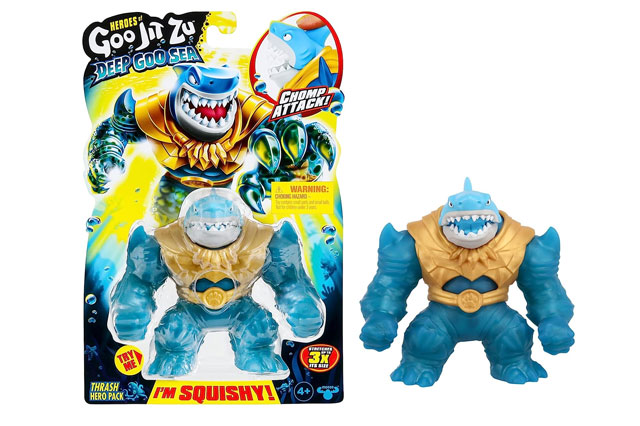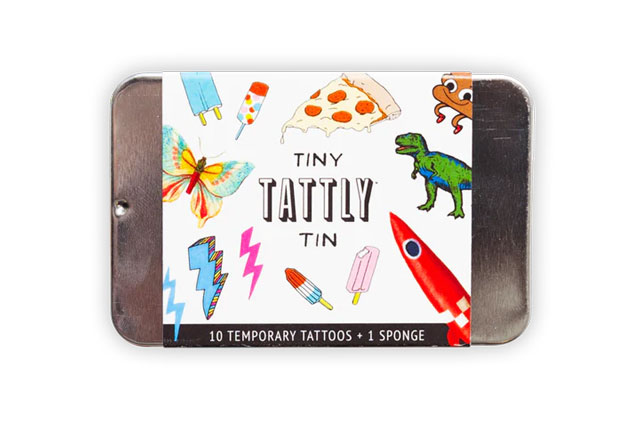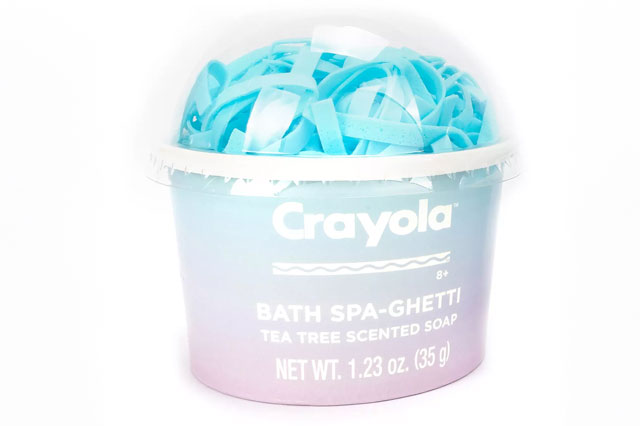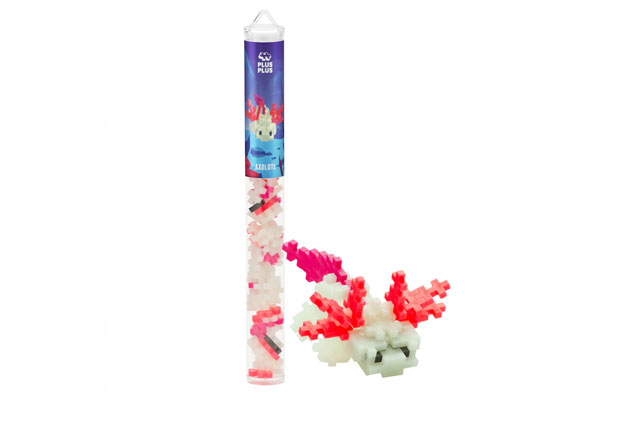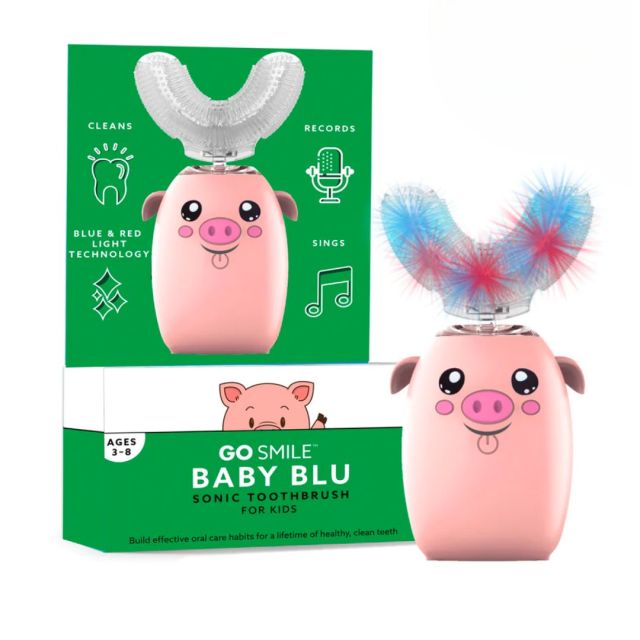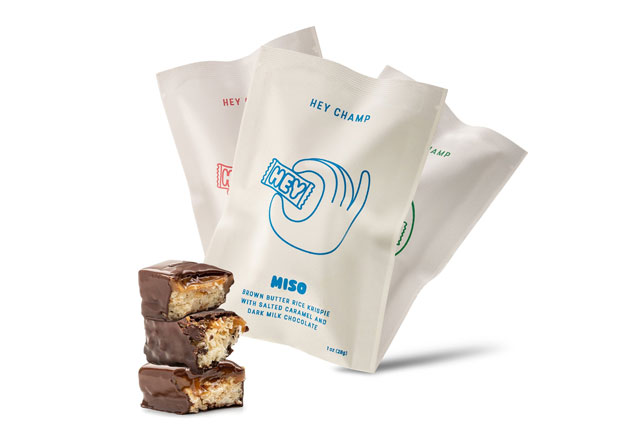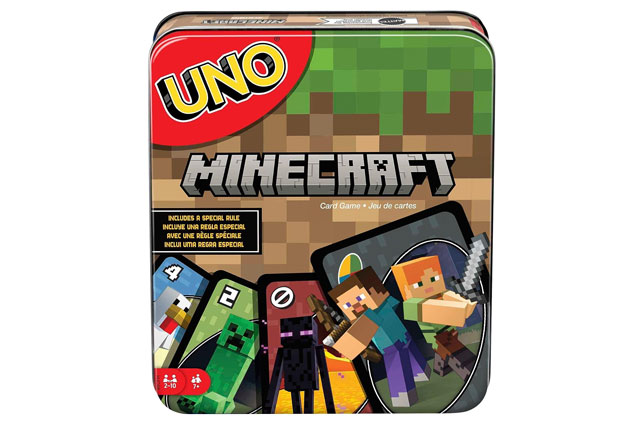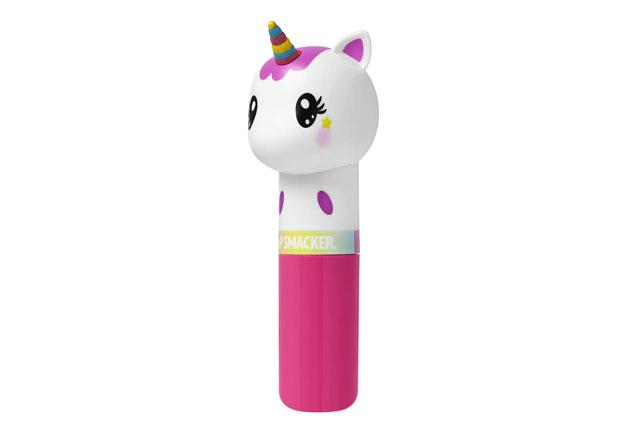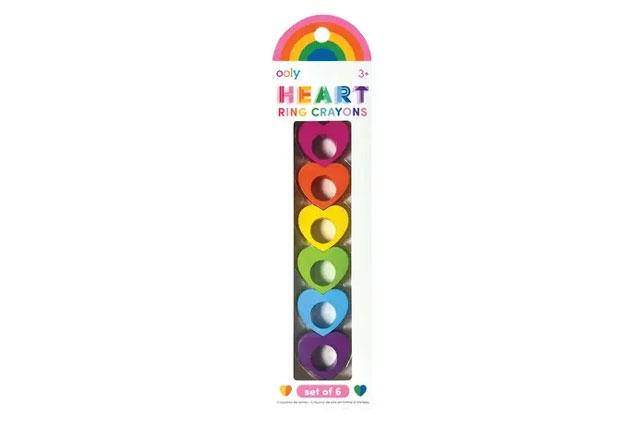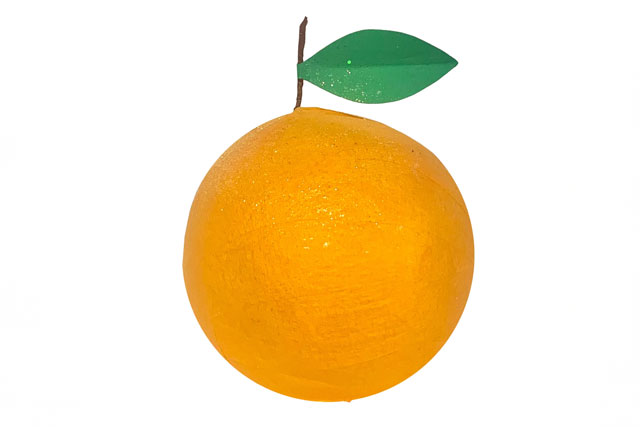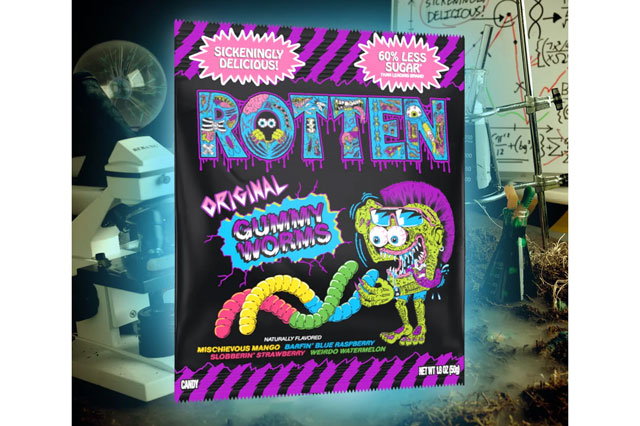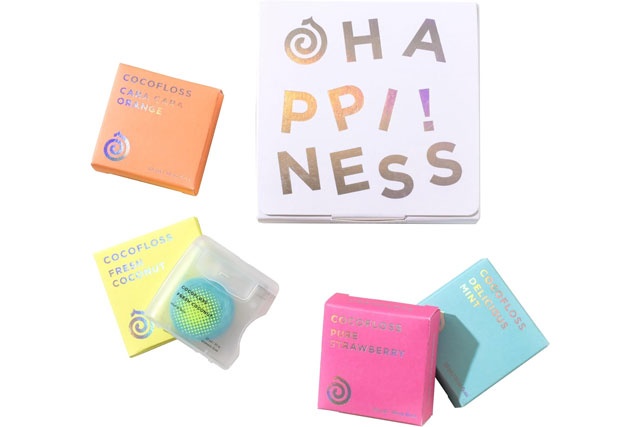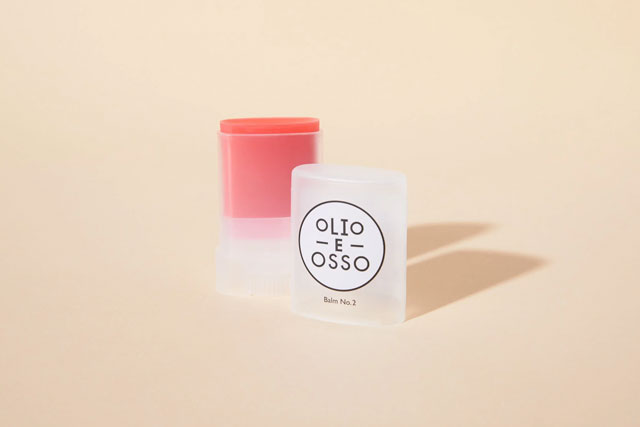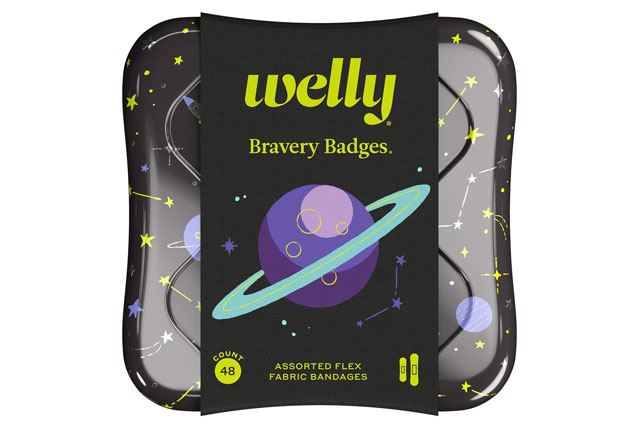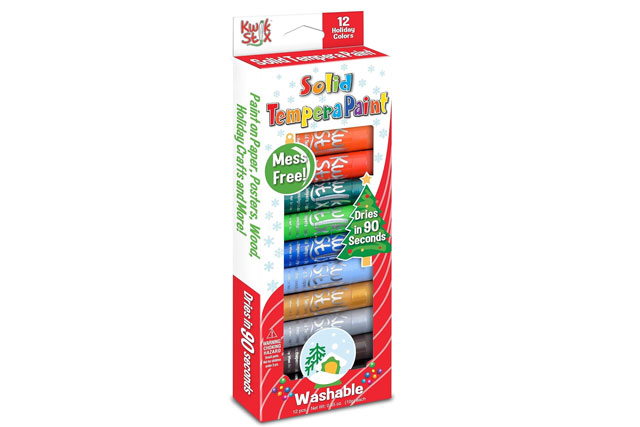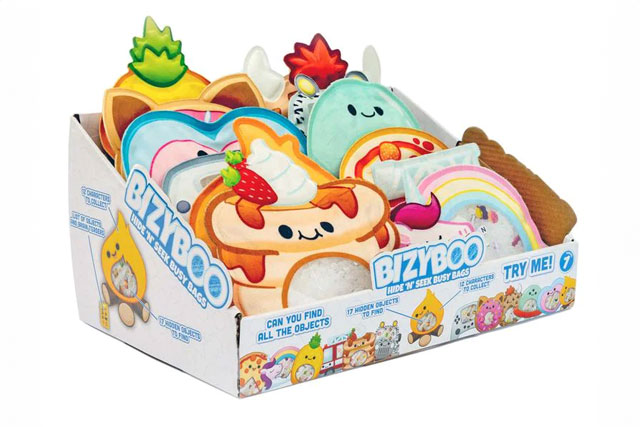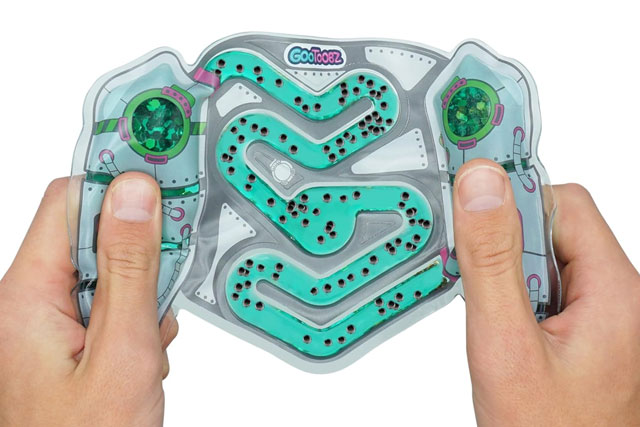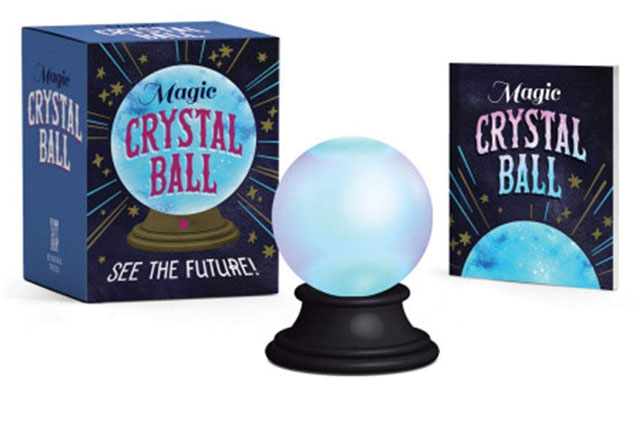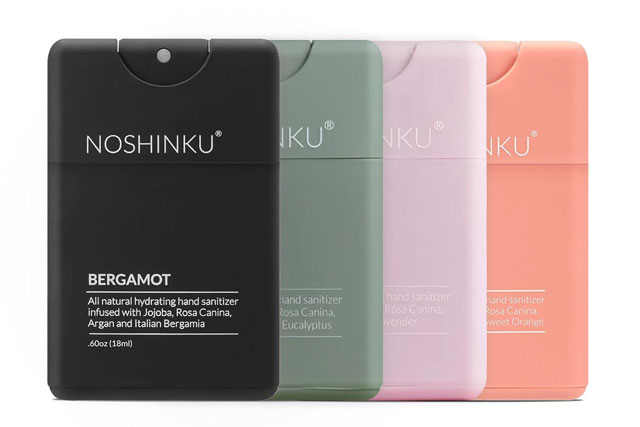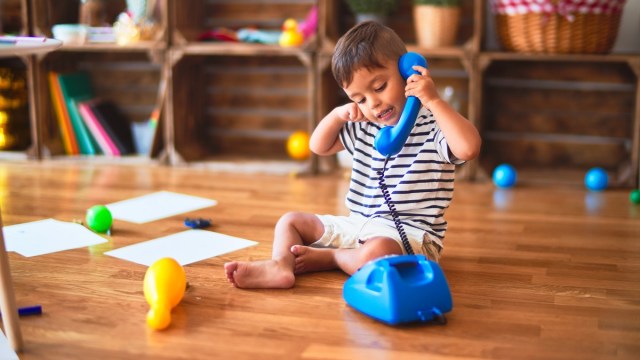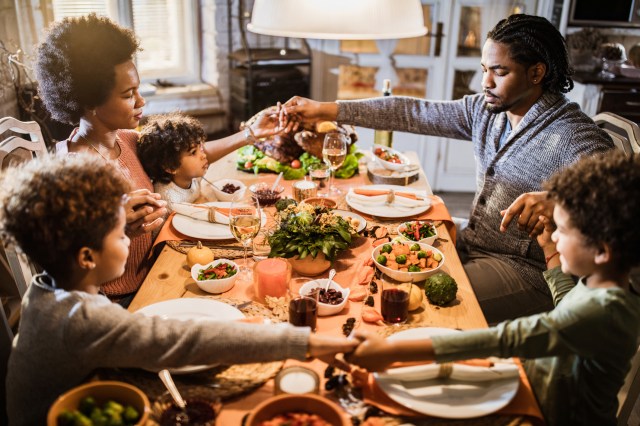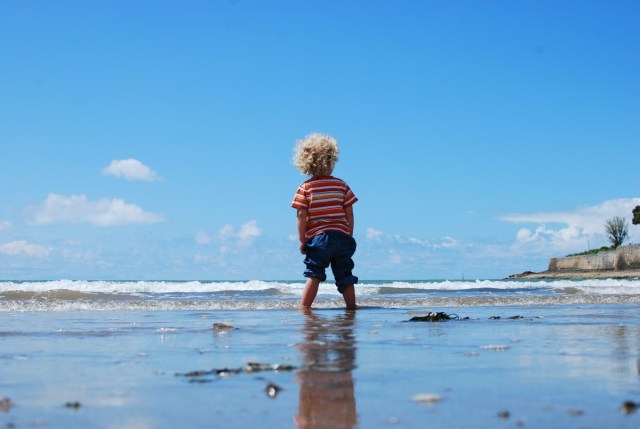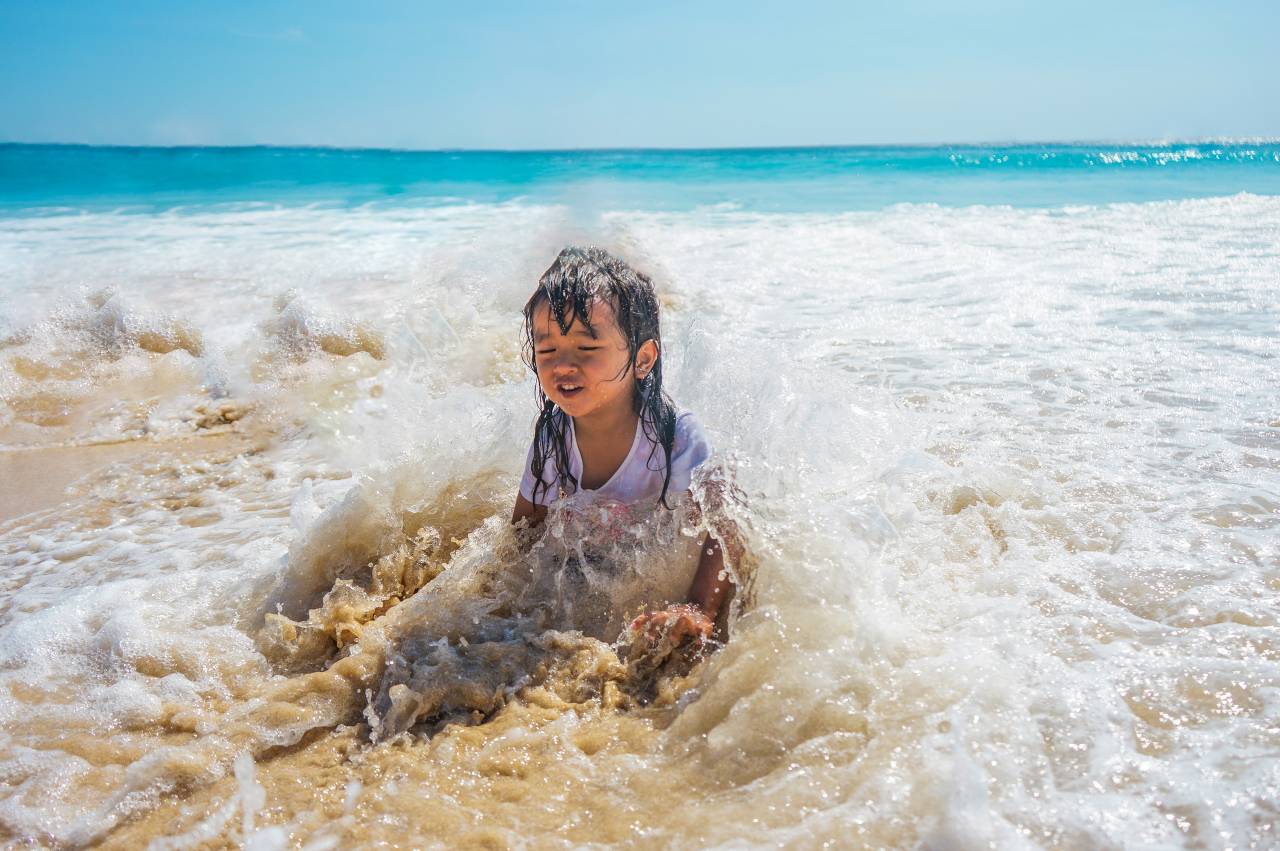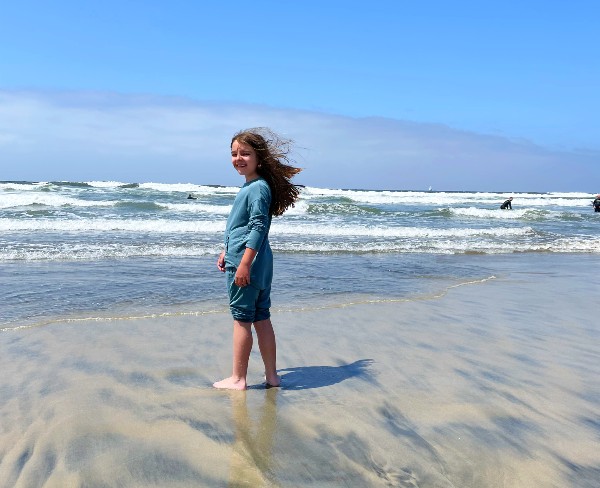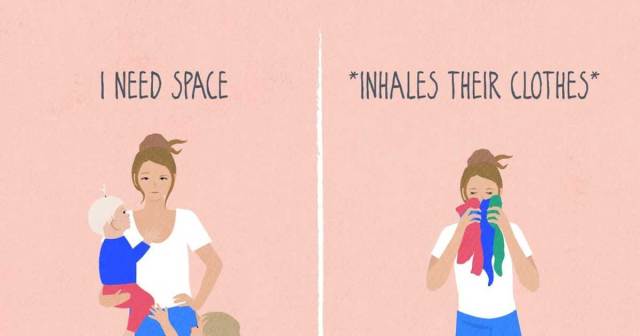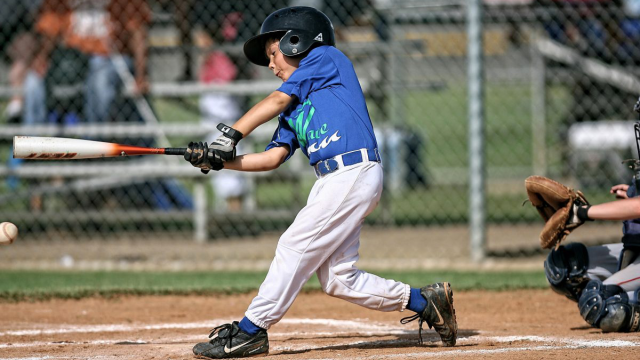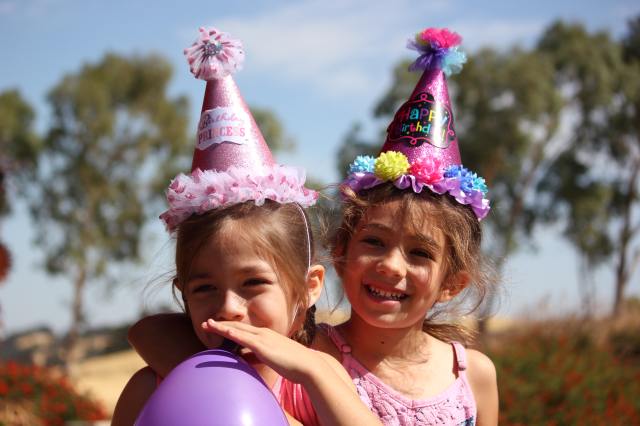I want my kids to know that I worked hard to make sure that they got that one thing on their list they really wanted.
Like many, Christmas is one of my favorite holidays. It got especially magical after I had kids. I can’t wait to see their little faces light up on Christmas morning with delight as they burst out of their bedrooms with anticipation to see if Santa actually came.
You know, the man in red with the jolly disposition and the mystical elves that make toys from scratch and report back to the North Pole every night fueled by “cheer.” The man who somehow manages to make it across the entire world in one night and lives solely off of milk and cookies and Christmas spirit.
I love Santa. I love the idea of Santa. And I love that my kids think that Santa is magic. It adds an extra element to Christmas that fills them (and me) with excitement every year. What I refuse to play into is that Santa shows up with the expensive, hard-to-find gifts, while mom and dad bring things like socks and PJs.
The mere concept of a loving Santa and his reindeer helpers is one that I think brings hope and enchantment to kids’ lives during the holidays. After all, if we can get them to believe that there is a person in this world who flies with wingless, hoofed animals (one of which has a light bulb on his face), lives in a hidden land that you can’t find on a map, and has an entire staff of tiny, pointy-eared people who have not yet managed to go on strike for being forced into overtime in dangerous conditions like the freezing cold… well, I think we’ve done our jobs.
Isn’t that enough?
I work my butt off every year to make sure my kids have a good Christmas. To make sure that they are delivered just as many presents as their friends and that they aren’t missing any “hot items” they desperately asked for.
Related: Behind Every Magical Holiday Moment Is an Exhausted Mom
For a month straight, I live off of coffee and evergreen fumes trying to scrape together pennies to bring my little ones the most joy I can on the mind-blowing morning called Christmas. I become a gift ninja: assembling, wrapping, and hiding. On Christmas Eve, I morph into a woman who doesn’t need sleep or hydration to survive and spend hours setting up an entire display for my kids to enjoy when they wake up at the crack of dawn because… SANTA!
Did I mention I love Christmas? I really do.
It’s all worth it. It is. But I will be damned if I am going to let the big guy in the red suit take all of the credit for the gift that I had to fist-fight someone over in Target because it was the last one on the shelf. NO. WAY.
I want my kids to one day replicate the magic of Christmas in their own homes every year. But I also want them to appreciate the season for what matters. Gifts are great. Getting gifts as a kid is one of the most exciting parts of Christmas, but plenty of kids do not get gifts—and if they do, they may not be as cool, high-tech, or expensive as some of the ones my kids have received over the years.
How do I explain to them that some kids (the ones who really need the miracle) don’t get what is on their list from a man who theoretically brings presents to all kids who are good? Do I tell them those kids are bad? What makes those kids less deserving? Nothing.
And how do I explain that if we have had a year when money is tight, Santa suddenly doesn’t have the “disposable income” to supply the mountain of gifts he had in recent years? I can’t. Not without them losing some faith in the magic of the holiday.
Plus, I’m trying to raise responsible and grateful humans who understand the value of material things and what it takes to make and spend money. Christmas happens to throw all of that out the window for the weeks leading up to the big day and at least a good month after.
I want my kids to know that I worked hard to make sure that they got that one thing on their list they really wanted. That even though I might have missed a few important sports games or school events, it’s because I was working—working to make sure we have a roof over our heads, that our bills got paid, and also so that I could do things like buy them that gaming system they’d been pining for.
I want my kids to understand that Christmas is magical and that there are two people who make it so: Santa and me.
But in taking credit for the extra-special gifts, I have a better explanation for the other kids who may not get the same number or types of presents as they do and why our Christmas haul may vary from year to year. Plus, I don’t have to stress about remembering which gifts came from Santa and which didn’t when something doesn’t work correctly and I have to come up with some outlandish story about how I’m going to phone into the North Pole to get a replacement.
If you ask me, the magic of Santa lies in my kids’ believing: believing that there is someone watching them, rooting for them, and willing to dazzle them with his abilities every year because he loves them. He does it all in one night because he’s spectacular. And he brings things they will love and play with for the whole year (hopefully).
But the big-ticket stuff—the gift that they requested for months, the one that cost a small fortune and will bring the biggest smile and the most thanks? That one comes from Mom. After all, Santa has a group of elves to do his bidding—I’m all on my own.
